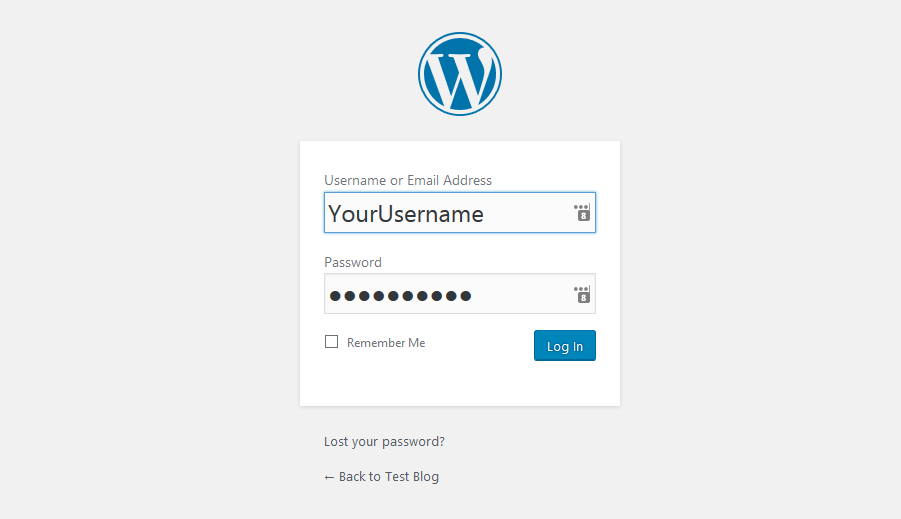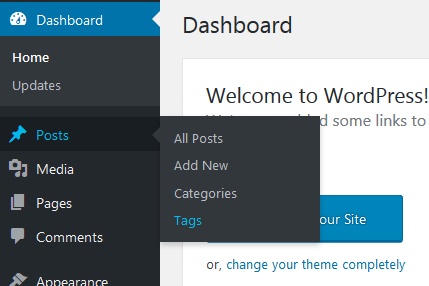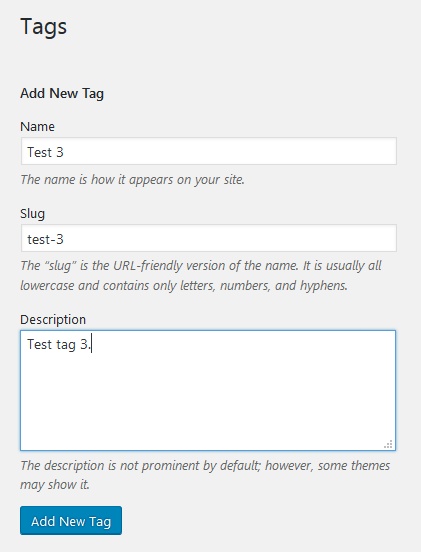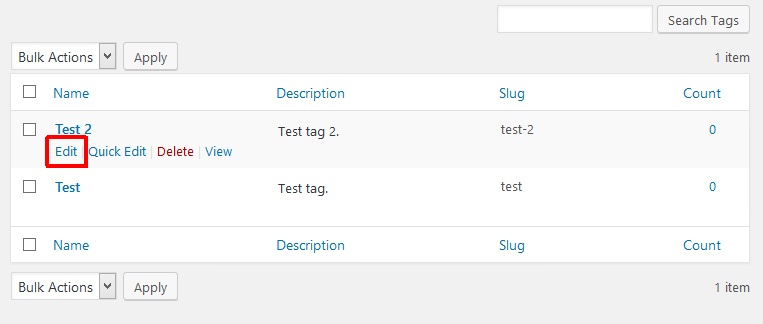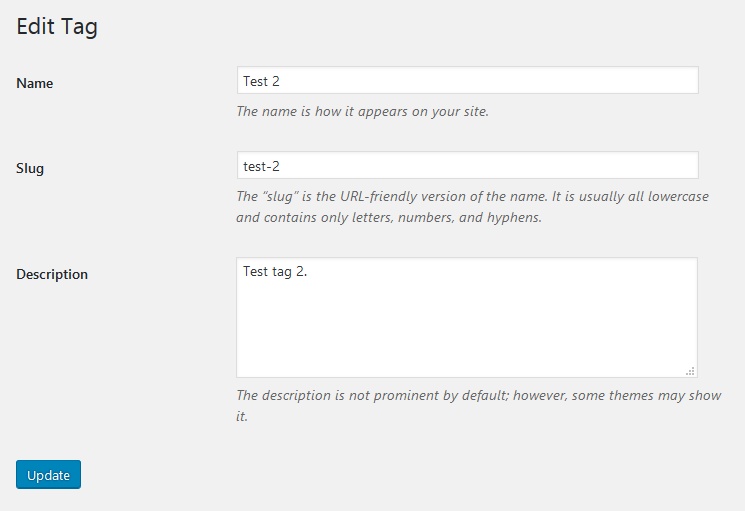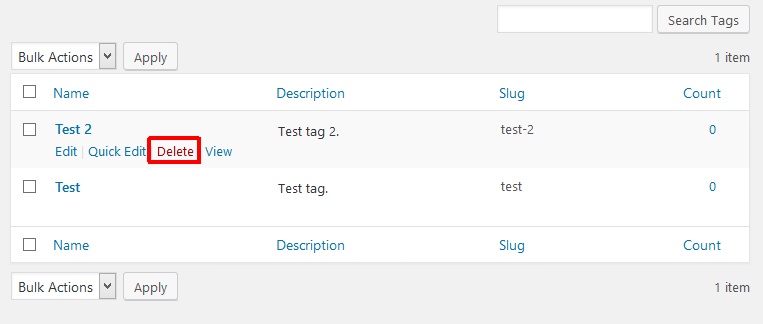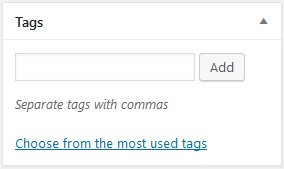In addition to the categories, WordPress offers another way to classify articles according to the topic. This feature is called tags. In this entry I will explain you their use.
What is the difference between tags and categories?
Unlike categories, tags have no hierarchy. That is, you can create categories and subcategories, but when you add a new tag you cannot create something as its subtag. That does not exist.
Unlike categories, the use of tags is not mandatory.
How to take advantage of the tags?
There are two reasons why it is worth considering the use of the tags on your blog:
- Clearer navigation: When a reader of your article clicks on a tag, appears a page with all your entries that contain this tag. If he is interested in the topic, the tags will help him find the content he is looking for.
- SEO: When you add a new tag, a tag page will be created. It will be optimized for search engines (the name of the tag will be used as a keyword in the title of the page and the articles that will be displayed will also be related to this keyword). That is, you have the opportunity to attract more traffic from Google and increase your profits.
Now you will wonder why use the tags if the categories offer the same advantages that I described in the previous paragraph. It is a logical question.
I will give you an example: Let’s say you have a blog about pets. The blog has three categories – dogs, cats and guinea pigs. Every category has 10 entries. One article in every category deals with pet food (one post about the dog food, another about the cat food and the last one about the guinea pigs food). These entries, although they belong to different categories, can carry the same tag (for example: food). If your visitors want to read more articles about the pet food, browsing the categories is not the solution. However, by clicking on the food tag they will find what they are looking for.
How to create the tags?
The procedure is very similar to the creation of a new category. These are the steps to follow:
Enter the control panel of your blog
To create a new tag or edit an existing one, the first thing to do is to access the control panel of your blog. You will find it in the wp-admin folder. In other words, point your browser to http://yourdomain.com/wp-admin and log in.
Click on Posts -> Tags
On the left you will see a side menu. Click the Posts option and then Tags. On this page you can manage the tags of your blog.
On the page where you are now you can see a form that serves to create new tags. It has three fields to fill out:
- Name: The name of the tag. Try to be concise when choosing the names. If you can, use only one word.
- Slug: This will form part of the URL of the tag page. If you want, for example, to create a tag called Online Marketing, the slug could be something like online-marketing. This form of slug – the keywords separated by the hyphen – is the most preferred by search engines. Therefore, it will help you rank better the tag page in Google.
- Description: One or two sentences will suffice. Some themes show the description, others do not.
How to edit the tags?
When you add a new tag, you will see a table with the list of created tags. This table contains several options, one of which is edit.
So click on the edit link. A new form will appear. You will be able to change there the name of the tag, the slug and the description.
How to delete a tag?
In the same table in which is the link that serves to edit the tags you will find the option to delete them. Simply click on the Delete link.
Is there another way to create a new tag?
On the page which serves to create a new post (Posts -> Add New) you can also find the option to add a new tag.
and learn well explained strategies that will help you
make a living with your own blog or website.






